
The 19th Academy Awards were, in some regard, a celebration of the war's end, a reckoning with its immediate consequences. We can see it in the embrace of European cinema, an industry rising from the ashes, with nods for films like the Italian Neorealist Rome, Open City, and the French poetry of Children of Paradise. American cinema, America itself, was also still reeling from its hard-won victory. The scars were fresh and bloody when William Wyler's The Best Years of Our Lives won the Best Picture Oscar. The production portrays the lives of three military men returning home after the war's end, traumatized and still recovering, adapting back to civilian life. It was the perfect champion for these postwar Oscars.
Nevertheless, not even the picture's awards success could spell away some of its performers' chronic bad luck when it came to movie awards. After decades as one of Hollywood's greatest stars, Myrna Loy still couldn't get herself an Oscar nomination…
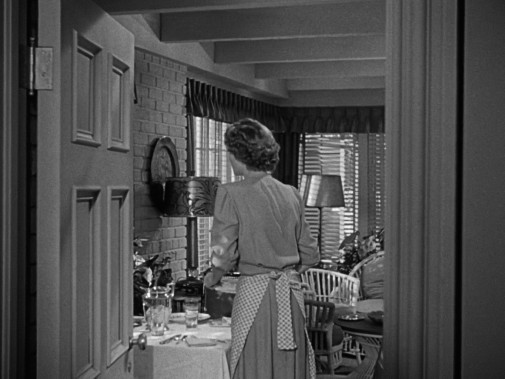
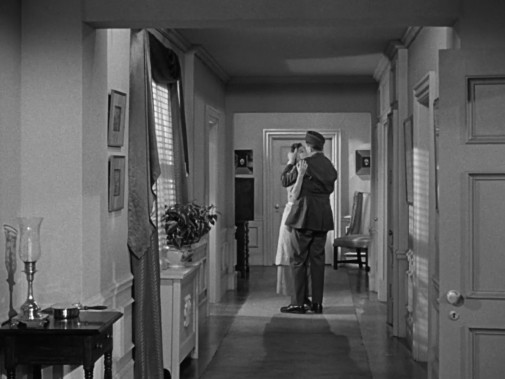
Despite being first-billed, Myrna Loy isn't the star of The Best Years of Our Lives. Taking inspiration from his first-hand experiences of World War II and a novel by MacKinlay Kantor, William Wyler devised a collective view of the conflict's effects, both on its fighters and the home front. It's a weary picture that starts in limbo, between the battlefield and the comfort of family life, when countless soldiers wait in airports for a ride back home. It's here that we meet our three veteran protagonists. They are Dana Andrews' bombardier captain Fred Derry, Harold Russell's naval petty officer Homer Parrish, and Fredric March's infantry sergeant Al Stephenson. Loy plays Mrs. Stephenson, Milly, and she enters the picture around 20 minutes into the story. Regardless of its relative lateness, her character introduction is one of the film's most iconic scenes.
Instead of any shining close-ups announcing the arrival of the cast's biggest star, Wyler lets the camera remain away from his players. As Mr. Stephenson reenters his home, he shushes his children to surprise the wife who, out in another room, is heard before she's seen. Even when the camera finally shows us Loy, Milly has her back turned to us, hiding the moment when she understands what the strange silence that has fallen over the household means. Still, there's such clarity to Loy's body language that we can precisely pinpoint the moment of realization. The reunion and loving embrace are captured at a respectful distance, a wide shot that lets us see the trepidation in the wife's overwhelming joy. The way she hugs her husband, it's like Milly's afraid he might disappear at any moment.
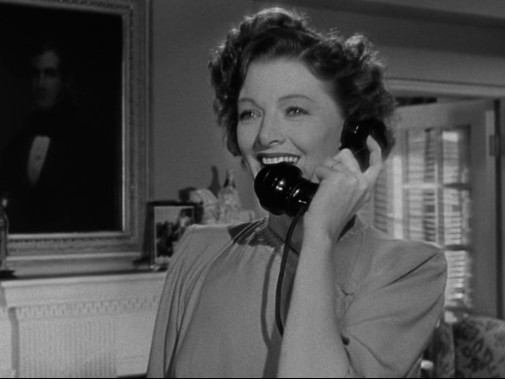
After this welcoming, Wyler finally lets Loy take center stage, spreading the news of Al's return on the telephone. The breathless, fractured euphoria that the actress plays is a shattering thing to witness. It's a barrage of effervescent happiness mixed with weary relief, a touch of fearful disbelief, a whisper of awe. The heightened emotion is necessary to establish the character's devotion and resilience. From then on, Milly becomes something of the archetypal spouse character that exists at the margins of her companion's story. More than a focus of easy sentiment, her presence subsumes into a pragmatic backbone. She watchfully tries to preserve familial harmony in the face of irreversible change.
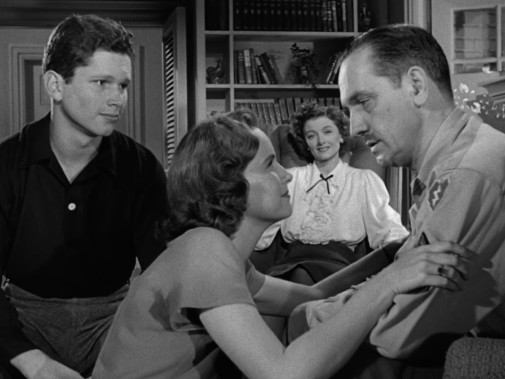
Al isn't the same man that left home to do battle on the Pacific front. The propensity for alcoholism, that might have been there before, has been doused by the gasoline of war. It's now grown into a mighty fire, threatening to consume everything and everyone around him. On the first night of boozy celebration, Loy allows us to see how Milly is used to handling her husband when he's drunk. At the same time, her concerned furtive looks and barely hidden smiles of self-amusement reveal how strongly the flame of homecoming glee still burns. Delight tempers concern, while a shadow of weariness grows larger and more difficult to ignore as the night unfolds. However, the sound of an old song is enough to summon the passions of youth.
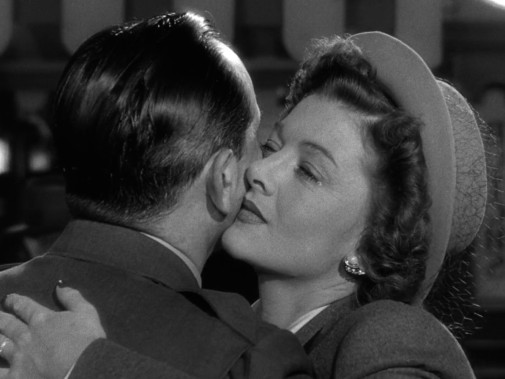
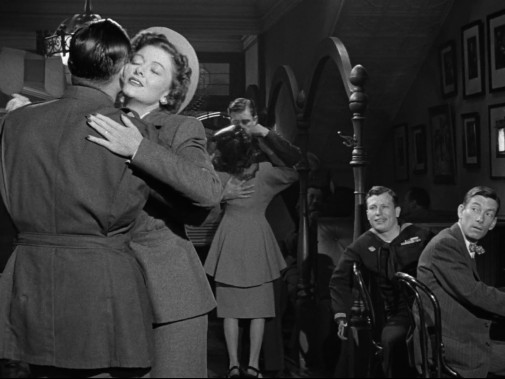

Dancing, her eyes fill with unshed tears, a reflection of sorrow for what is lost to time and war. There's no time for indulgent self-pity, though. Al's disorderly euphoria quickly turns the dance into a grotesque cavalcade that's more humiliating than enchanting, especially as he seems to confuse his wife for some faraway extramarital conquest. One would expect devastation from Milly, but the actress chooses to ignore the potential crisis with a conspiratorial willingness to play along. In these instants of quasi-optimistic disappointment, we get to know who Milly was before the war so thoroughly transformed her life and love. For a star so often positioned at the center of her movies, Myrna Loy is incredibly adept at changing course and actressing on the edges of her film. Beyond Milly's necessary peripheralization in The Best Years of Our Lives' trifurcated narrative, William Wyler's directorial approach throws further challenges at Loy.
This might be a prestige drama made during an era of big studio hegemony, but the usual artifice of Hollywood glamour is mostly absent from its construction. The nihilistic posturing of film noir cynicism is also avoided in favor of a more direct and startlingly modern frankness. One may see such decisions in form and casting as well as text and tone. Russell was a real veteran, an untrained actor with multiple amputations who Wyler treasured for his raw natural presence on-screen. Gregg Toland's cinematography, where the softness of beauty shots is excised, makes way for deep-focus staging where simultaneous actions and reactions reign supreme. Sometimes, the amount of visual information is so mountainous it becomes upsetting, putting us in the shoes of characters for whom the banal quotidian can be an unsurmountable monster.
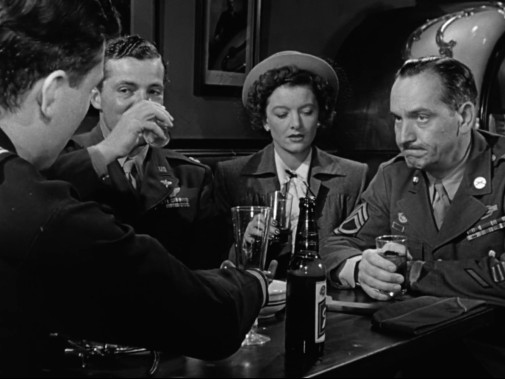
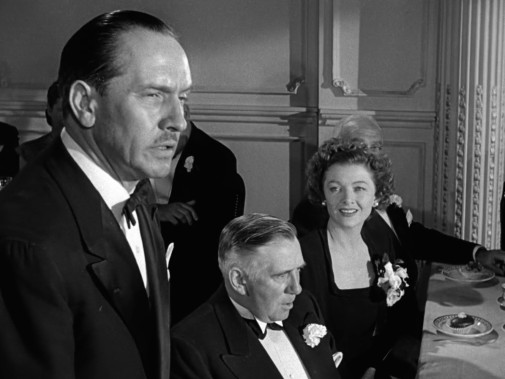
Such a significant pursuit of expressive realism comes to affect as unsuspecting aspects of filmmaking as the costumes. Instead of modeling a star's wardrobe, Myrna Loy purchased her clothes with a small budget Wyler allotted her. These creative decisions demand lived-in characterizations whose specificity goes beyond tuny line-readings or carefully curated close-ups. A big part of Loy's performance is how Milly moves through the domestic space, often in the background, how she maneuvers and negotiates the interests of the different family members, how she tries to control Al's drinking without calling attention to her efforts. That's not to say Loy doesn't get a chance or two to inject some of her usual charms into the picture, her known skill with light humor and hints of romantic playfulness. Something as simple as an eavesdropped phone call can add a splendid shot of comedic wit.
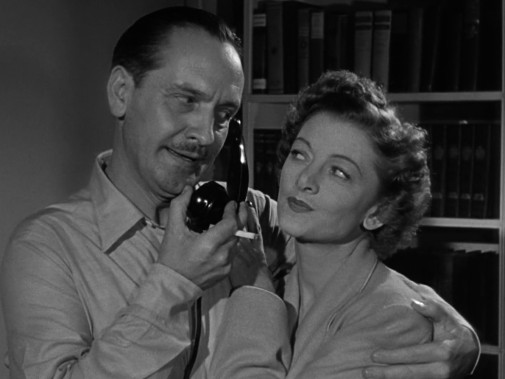
Those morsels of luminous interplay only serve to make the darkness of the material more painful to witness. A formal celebration in honor of Al becomes an excruciating spectacle of swallowed-up dread, Loy charging every forced smile with an electric current of anxiety. Afterward, while confronting her lovesick daughter, Milly reveals the hard work of a functional marriage, confessing how her relationship with Al is far from idyllic idealizations. In such passages, Loy embodies her movie's willingness to look past the veneer of postwar normalcy and see straight into the pulp of bruised hearts and broken psyches that exist beneath the surface. It's not necessarily radical or revolutionary work, but it's mighty impressive nonetheless, powerful and affecting with a glimmer of hope at the end.


To explain why Myrna Loy didn't receive an Oscar nomination for such exquisite work requires acknowledging the category confusion that plagued her awards bid. As the first-billed star with considerable fame, it's unlikely Loy would have been campaigned as a supporting player, forcing her into a much more competitive lead actress race. While I would have placed her in the other Oscar category, I must concede that Loy got closer to a Best Actress nomination than a more appropriate Best Supporting Actress nod. AMPAS still chose to look the other way, recognizing five other women instead. They were Olivia de Havilland in To Each His Own, Celia Johnson in Brief Encounter, Jennifer Jones in Duel in the Sun, Rosalind Russell in Sister Kenny, and Jane Wyman in The Yearling. De Havilland won, and Russell, whose film was otherwise ignored, was probably the most vulnerable nominee and would have been likely left aside in case of a Myrna Loy nomination.
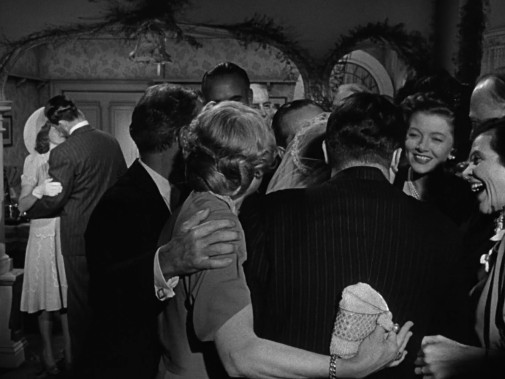
The Best Years of Our Lives is available to stream on Kanopy, DirecTV, Pluto TV, and TCM. You can also rent it from many services.